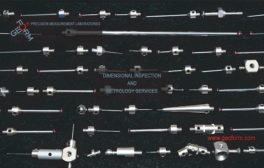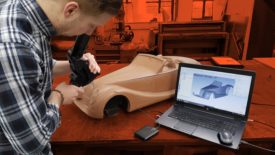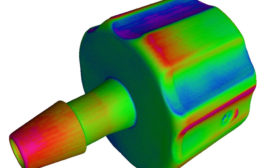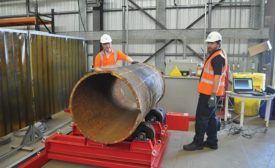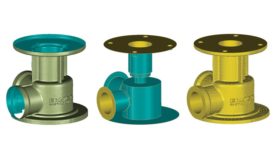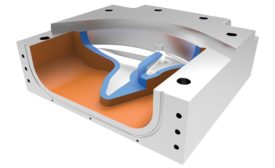Home » reverse engineering
Articles Tagged with ''reverse engineering''
Measurement
With its precision, 3D scanning distinguishes itself from conventional measurement tools.
Read More
Software & Analysis
Practical Reverse Engineering
Choosing the right tools for the job.
December 6, 2021
How CT Scanning Is Enhancing the Quality and Manufacturability of Medical Devices
This inspection technique is highly valuable for industrial metrology.
November 8, 2018
Reviving Legacy Parts through Reverse Engineering & 3D Scanning
Reverse engineering and quality control will continue to be growing applications for 3D scanning technology, along with newer opportunities in virtual and augmented reality.
November 1, 2018
Reverse Engineering: Outputs
Learn more about these eight options using 3D scanning.
March 6, 2018
Reverse Engineering: What’s it all about?
There are several scenarios in which reverse engineering is important for modern manufacturers.
March 1, 2017
Stay in the know with Quality’s comprehensive coverage of
the manufacturing and metrology industries.
eNewsletter | Website | eMagazine
JOIN TODAY!Copyright ©2025. All Rights Reserved BNP Media.
Design, CMS, Hosting & Web Development :: ePublishing




